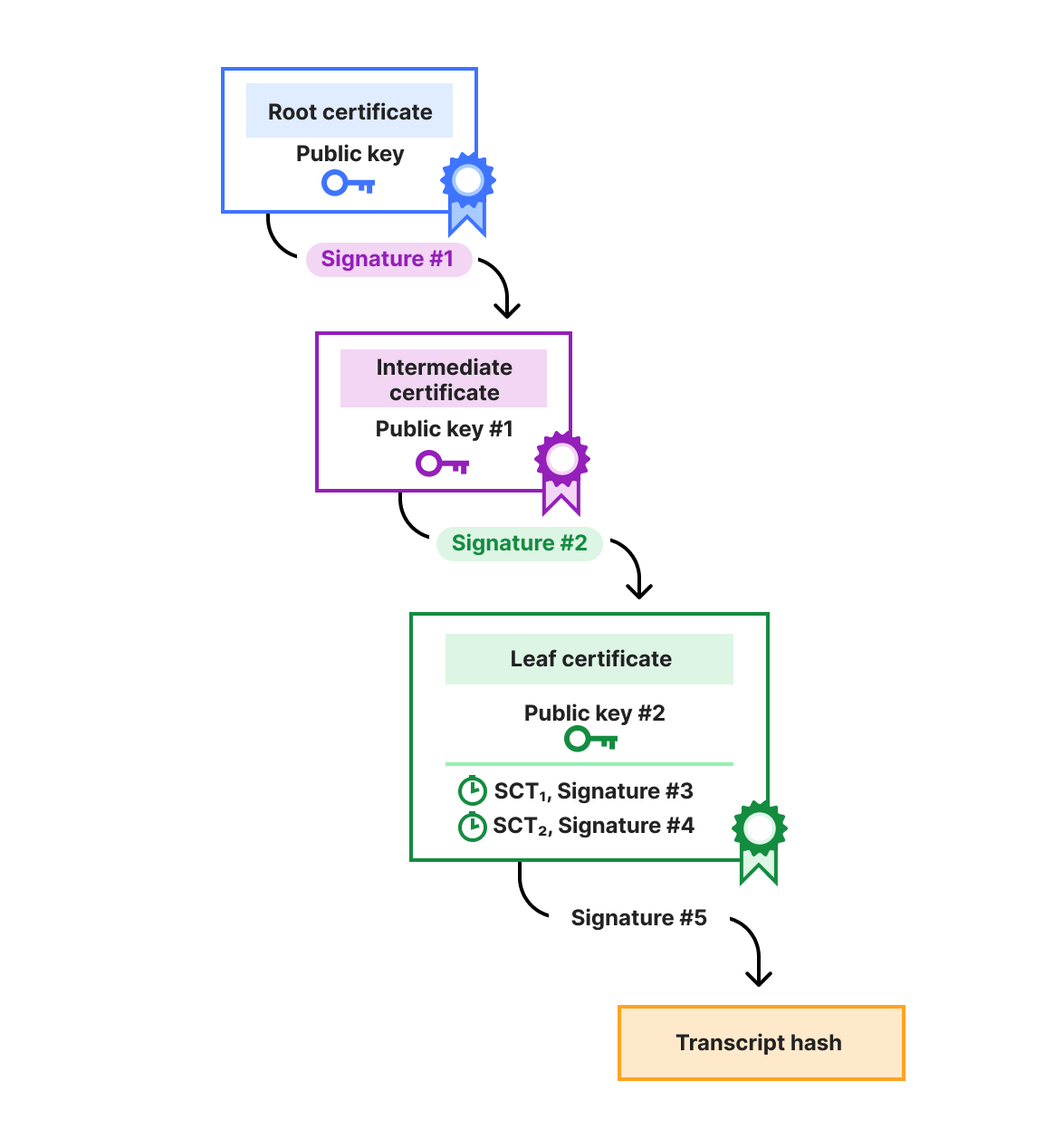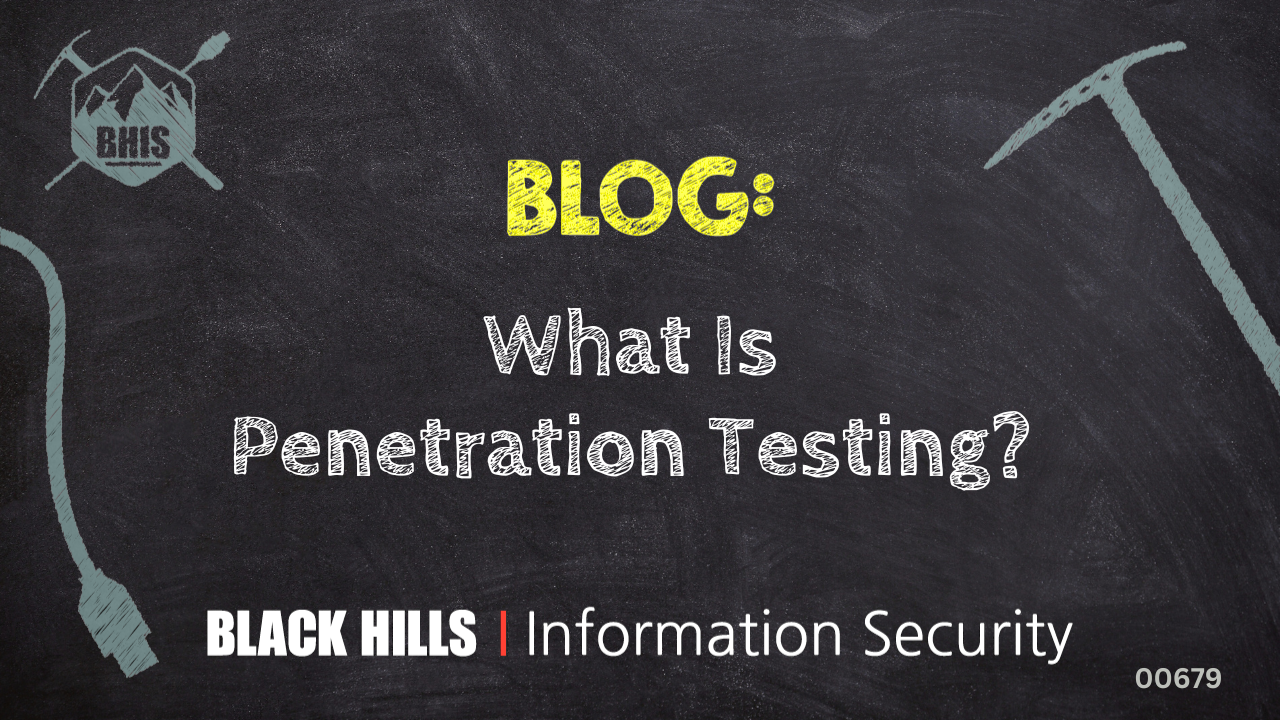Phishing attacks are a significant threat to consumers, with cybercriminals constantly evolving their tactics to deceive unsuspecting individuals. The integration of artificial intelligence (AI) into phishing schemes has made these attacks even more sophisticated and challenging to detect.
AI-enabled phishing attacks seriously threaten consumers and their data. The volume of these attacks is staggering with an estimated 3.4 billion spam emails sent daily. The financial impact of phishing attacks amount to over $52 million so far in 2025. The threat of AI phishing attacks is pervasive, so let’s get prepared. Find out how AI enhances phishing attacks on consumers and how you can learn to identify and protect yourself.
How AI enhances phishing attacks
AI algorithms can analyze vast amounts of data from social media, public records, and other online sources to create highly personalized phishing messages. By understanding the target’s interests, behaviors, and communication patterns, AI can craft messages that appear more legitimate and relevant, increasing the likelihood of the target falling for the scam.
For example, you receive a text message from your bank using your name and asking you to authorize a recent purchase that happens to be from Amazon or another retailer you frequent. To authorize the purchase, you need to click an obfuscated link that will bring you to a fake website that mimics your bank’s website. When you enter your information, it will be stolen.
2. Automated phishing campaigns
AI can automate the process of creating and sending phishing emails, allowing cybercriminals to launch large-scale campaigns with minimal effort. Machine learning models can generate convincing email templates, select appropriate recipients, and even schedule the timing of emails to maximize their impact.
Automated phishing scams usually aren’t full of personalize data, but are targeted to an audience that will think the email was meant for them.
3. Deepfake technology
Deepfake technology, powered by AI, can create realistic audio and video content that mimics the appearance and voice of trusted individuals. This technology can be used in phishing attacks to create fake video calls or voice messages from a CEO or other authority figures, convincing employees to transfer funds or share sensitive information.
How to detect AI-enabled phishing attacks
1. Scrutinize email addresses and URLs
Always check the sender’s email address and the URLs in the email. Phishing emails often use addresses that look similar to legitimate ones, but have slight variations. Hover over links to see the actual URL before clicking. For example: info1@wellsfargo.com
2. Look for generic greetings
Phishing emails often use generic greetings like “Dear Customer” instead of your name. Legitimate companies usually personalize their communications.
3. Check for spelling and grammar errors
Many phishing emails contain spelling and grammar mistakes. While AI-generated emails are becoming more sophisticated, errors can still be a red flag.
4. Be wary of urgent or threatening language
Phishing emails often create a sense of urgency or fear to prompt immediate action. Be cautious of emails that threaten account suspension or demand immediate payment.
5. Verify unexpected attachments or links
If you receive an unexpected attachment or link, verify its legitimacy before opening it. Contact the sender through a different communication channel to confirm. Also, ensure the sender is legitimate.
6. Use multi-factor authentication (MFA)
Enable multi-factor authentication on your accounts. This adds an extra layer of security, making it more difficult for cybercriminals to gain access even if they obtain your login credentials.
Protecting against AI-enabled phishing attacks
Advanced email filtering
Use advanced email filtering solutions that leverage AI and machine learning to detect and block phishing emails. Google blocks about 100 million phishing emails a day.
2. Regular software updates
Keep your software and systems up to date. Regular updates often include security patches that protect against known vulnerabilities.
3. User education and awareness
Stay informed about the latest phishing tactics and educate yourself on how to recognize phishing attempts. Awareness is a crucial defense against phishing attacks.
4. Identity protection and antivirus
Invest in all-in-one protection for your identity that includes a password manager, VPN, antivirus and even dark web monitoring. Webroot’s Total Protection allows you to live your life digitally without worry.
Stay in the know
AI-enabled phishing attacks represent a significant evolution in the tactics used by cybercriminals. As these attacks become more sophisticated, it is essential for consumers to adopt advanced security measures and stay vigilant. By leveraging AI for defense, investing in user education, we can better protect ourselves against the growing threat of AI-driven phishing attacks.
To learn more about how to protect yourself and the solutions that help keep your digital life safe, visit Webroot.
The post AI-enabled phishing attacks on consumers: How to detect and protect appeared first on Webroot Blog.


